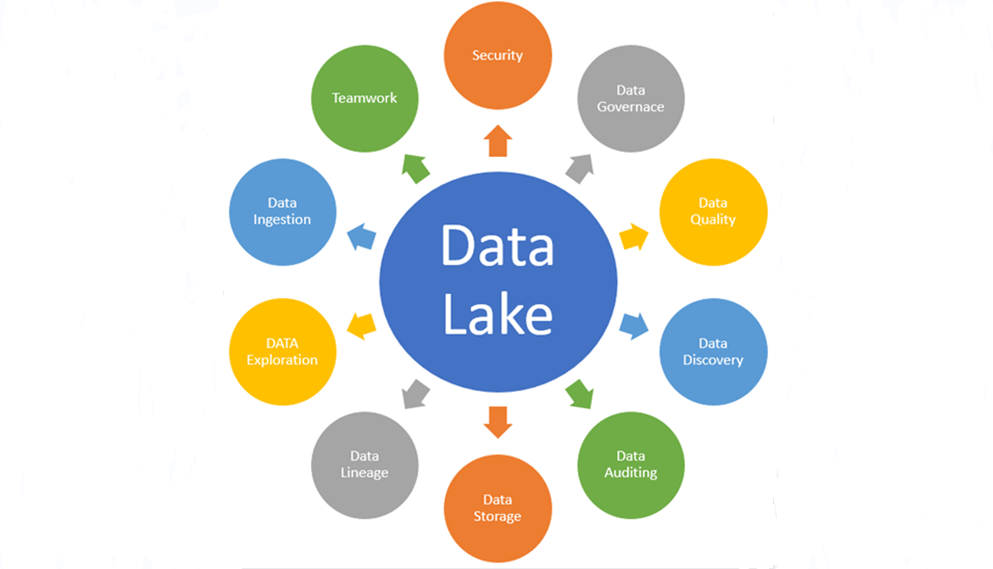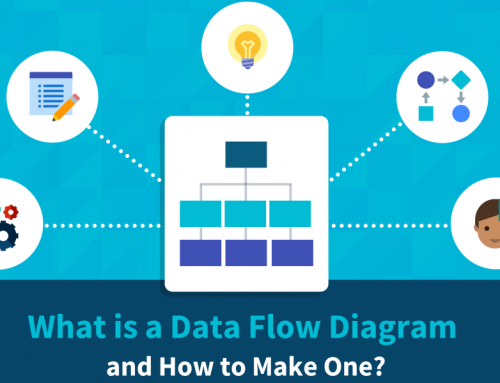Data Lake 101
The data lake a hot concept at present, and many companies are building or planning to build their own data lakes. However, before planning and building a data lake, you must clarify what a data lake is, why we need it, what its value is, and what are its application scenarios. In this article, we will try to answer these questions so that you can understand it better.

What Is a Data Lake?
What is a data lake?
A data lake is a centralized repository for storing, processing, and securing large volumes of structured, semi-structured, and unstructured data. It can store data in its native format and handle any conversion format regardless of size limitations.
It provides a scalable and secure platform that enables businesses to ingest any data from any system, at any speed, from on-premises, cloud or edge computing systems, store any type or amount of data with full fidelity, process data in real-time or batch, and analyze data using SQL, Python, R, or any other language, third-party data or analytics application.
Why we need it?
Organizations that successfully create business value from data will outperform their peers. A survey by Aberdeen shows that organizations implementing data lakes outperform comparable companies in organic revenue growth by 9%. These leaders enable new types of analytics, such as machine learning from new sources such as log files, data from clickstreams, social media, and internet-connected devices stored in data lakes. This helps them identify and respond to business growth opportunities faster by attracting and retaining customers, increasing productivity, proactively maintaining equipment, and making informed decisions.
What is its value?
On the one hand, it can bring together different types of data. On the other hand, its value is that data analysis can be performed without a predefined model. Today’s big data architectures are scalable and can provide users with more and more real-time analytics. Today, before business intelligence (BI) and data warehouses are eliminated, big data analytics and big data lakes are developing towards more types of real-time intelligent services that can support real-time decision-making.
How does it benefit businesses?
First, it has more powerful functions for data value mining. In the realization of fine-grained authorization and auditing such as data analysis, machine learning, data access and management, the value of data lakes is more incisive.
Second, the phenomenon of data silos is eliminated. There is no restriction on the type of data format, and all data can flow into the data lake. After the user’s data is generated, it can be directly stored in the data lake according to the original content and attributes of the data, without any processing or structuring of the data before it flows into the data lake.
The third is to meet the elastic expansion of users’ large-scale data storage. Supports complex data types for current users, including structured data such as tables in relational databases, semi-structured data such as CSV, JSON, XML, logs, etc., and unstructured data such as emails, documents, PDFs, graphics , audio, video, etc. Data lakes can realize large-scale storage deployment at PB level and EB level.
Fourth, the separation of computing and storage is achieved. In view of the general direction of the future recognized by the industry, the architecture of storage and computing separation provides independent scalability, allowing computing engines to expand as needed while data is flowing into the lake. More importantly, the decoupled mode of storage and computing brings better cost performance. It should be pointed out that the separation of computing and storage in the data lake does not mean that the data processing and analysis engine and disk are on different hosts, but the separation of data content storage and data processing and analysis engine.
How do you determine if you need a data lake?
When determining whether your company needs a data lake, you should consider the type of data you’re dealing with, what you want to do with that data, the complexity of your data acquisition process, your data management and data governance strategies, and the tools and skill levels used by people in your organization.
Today, companies are starting to look at the value of data lakes from a different perspective, that is, data lakes are not only used to store full-fidelity data, they can also help users gain a deeper understanding of business conditions. Because data lakes provide richer context than ever before, this helps speed up analytics experiments.
Data lakes are primarily developed for processing large volumes of big data, and companies can often move raw data into a data lake via batch and/or streaming without transforming it. Enterprises mainly rely on them for the following purposes:
- Lower total cost of ownership;
- Simplify data management;
- Be prepared to incorporate artificial intelligence and machine learning;
- Speed up analysis;
- Enhance security and governance.
What are its usage scenarios?
Because the data lake provides the foundation for analytics and artificial intelligence, businesses across all industries are using it to increase revenue, save money, and reduce risk.
- Media and Entertainment: Companies that offer online streaming of music, radio and podcasts can increase revenue by improving their recommendation systems so that users consume more of their services, allowing companies to sell more ads.
- Telecommunications: Multinational telecommunications companies can save money by building churn propensity models to reduce customer churn.
- Financial Services: Investment firms can rely on data lakes to power machine learning so they can manage portfolio risk as soon as real-time market data is available.
Conclusion
Thank you for reading our article and we hope it can let you have a better understanding of what is a data lake. If you want to learn more about it, we would like to advise you to visit Gudu SQLFlow for more information.
As one of the best data lineage tools available on the market today, Gudu SQLFlow can not only analyze SQL script files, obtain data lineage, and perform visual display, but also allow users to provide data lineage in CSV format and perform visual display. (Published by Ryan on May 29, 2022)
If you enjoy reading this, then, please explore our other articles below:



